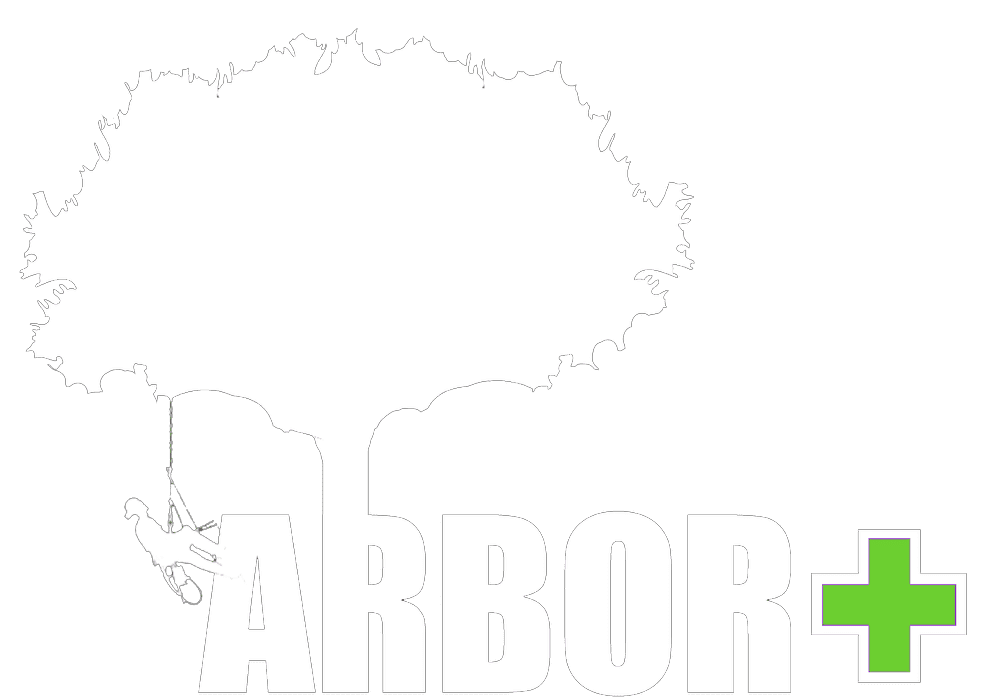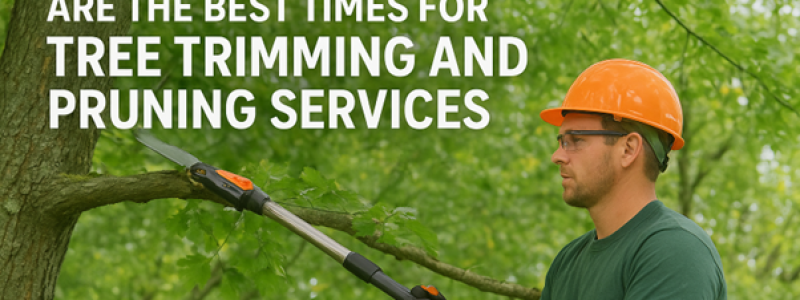The Ideal Seasons for Healthier Trees
Every homeowner wants their landscape to look strong, clean, and well-kept throughout the year. Trees, however, need care that aligns with nature’s rhythm. Experienced arborists know that timing matters as much as technique when it comes to trimming and pruning. At Arbor Plus, we emphasize that spring and fall are the best times for Tree Trimming and Pruning Services because these seasons naturally support growth, healing, and structural improvement.
Understanding why timing is so important helps homeowners protect their investment and maintain a healthy landscape year-round.
How Trees React to Seasonal Changes
Trees follow a predictable cycle each year. During spring, they wake from dormancy, drawing energy from stored nutrients to produce leaves, buds, and blossoms. In fall, they prepare for rest by redirecting energy to the roots and shedding unnecessary growth.
This natural rhythm determines how trees respond to pruning and trimming. Cutting at the right time helps trees channel energy toward healthy new growth. Cutting at the wrong time can slow recovery or make them vulnerable to pests and disease.
Professional Tree Trimming and Pruning Services take these seasonal changes into account, ensuring every cut strengthens the tree rather than weakens it.
Why Spring Pruning Supports Renewal
Spring pruning is ideal for shaping trees and encouraging new, balanced growth. Once the final frost has passed, trees begin to grow rapidly. This makes it an excellent time to remove dead or damaged branches that might have suffered through winter.
Key benefits of spring trimming include:
- Improved health: Removing winter damage prevents decay from spreading into healthy wood.
- Enhanced shape: Selective cuts guide new growth in a desired direction.
- Stronger structure: Early trimming helps the tree develop a stable frame before summer storms arrive.
- Faster healing: With active growth underway, trimmed areas seal naturally, lowering the risk of infection.
At Arbor Plus, our arborists assess tree species carefully before trimming in spring. Some flowering trees, such as lilacs and dogwoods, are best pruned after their blooms fade, while shade trees benefit from early attention.
Fall Pruning Prepares Trees for Winter
As the growing season ends, trees naturally begin to slow down. This makes fall another excellent time for Tree Trimming and Pruning Services. During this period, arborists can safely remove weak limbs, crossing branches, or sections likely to break under snow or ice.
Advantages of fall pruning include:
- Reduced storm damage: Removing unstable limbs prevents property damage during winter storms.
- Disease prevention: Cooler temperatures slow the spread of fungi and insects that might enter open cuts.
- Better visibility: With fewer leaves, arborists can clearly see the tree’s structure.
- Efficient growth next spring: Trees enter dormancy ready to focus on new, healthy branches once warmer weather returns.
For many homeowners, fall maintenance is a wise investment. It not only keeps trees safe but also simplifies yard cleanup when leaves begin to drop.
Why Avoid Mid-Summer and Mid-Winter Pruning
Although some emergency pruning is necessary year-round, major trimming is best avoided in mid-summer and deep winter.
During summer, trees are focused on photosynthesis and energy storage. Heavy pruning can shock the system and reduce the tree’s ability to feed itself. In winter, frozen wood can crack, and open cuts take much longer to heal.
Arbor Plus recommends reserving those months for inspections and minor maintenance rather than significant shaping or structural cuts. By following nature’s rhythm, trees maintain better balance and longevity.
Professional Techniques That Make the Difference
The best Tree Trimming and Pruning Services go beyond simply cutting branches. Professional arborists understand tree biology and use specialized methods to ensure each cut promotes long-term health.
Key methods include:
- Crown thinning: Removing selected branches to improve light penetration and airflow.
- Crown reduction: Shortening the outer canopy to reduce wind resistance.
- Deadwood removal: Cutting out decayed branches that may harbor pests.
- Structural pruning: Strengthening young trees by directing proper growth.
Each technique requires skill, timing, and precision. Poorly executed pruning can lead to stunted growth, disease, or structural failure later on. That is why homeowners benefit most from working with certified professionals like those at Arbor Plus.
Signs Your Trees Need Professional Attention
Many homeowners are unsure when to schedule Tree Trimming and Pruning Services. Some key indicators include:
- Branches crossing or rubbing against each other
- Dead or cracked limbs hanging loosely
- Trees growing too close to power lines or structures
- Uneven canopies that lean toward one side
- Decreased flowering or leaf production
Ignoring these signs can create bigger problems down the line. Regular inspections help identify issues before they turn into safety risks or costly damage.
Safety and Longevity Go Hand in Hand
Tree maintenance is about more than appearance. Overgrown or weakened branches can threaten roofs, fences, or utility lines. Proper trimming improves airflow and light penetration, keeping trees more resistant to disease.
For mature trees, preventive pruning helps extend life by reducing stress and maintaining structural balance. Homeowners who invest in seasonal care often save money in the long term by avoiding storm damage or premature tree removal.
At Arbor Plus, our crews combine traditional arborist knowledge with modern safety practices to ensure each tree receives the attention it deserves.
Seasonal Maintenance Schedule for Homeowners
The following table provides a simple guide for when to perform basic maintenance tasks throughout the year.
| Season | Maintenance Focus | Purpose |
| Spring | Prune dead wood, shape young trees | Promote growth and remove winter damage |
| Summer | Light touch-up trimming | Control size and inspect for pests |
| Fall | Structural pruning, deadwood removal | Prepare trees for winter storms |
| Winter | Inspections only | Plan for spring trimming and monitor dormant health |
Using this schedule, homeowners can ensure their landscape remains strong, safe, and beautiful year-round.
Keeping Trees Healthy Year After Year
Well-timed trimming and pruning are among the simplest and most effective ways to protect your trees. Spring and fall provide the perfect balance between growth and rest, giving trees the energy and stability they need to thrive.
Arbor Plus encourages homeowners to treat seasonal maintenance as routine care, not a reaction to damage. With professional guidance, your trees will stay healthy, your property will remain safe, and your landscape will continue to grow in beauty and value.

